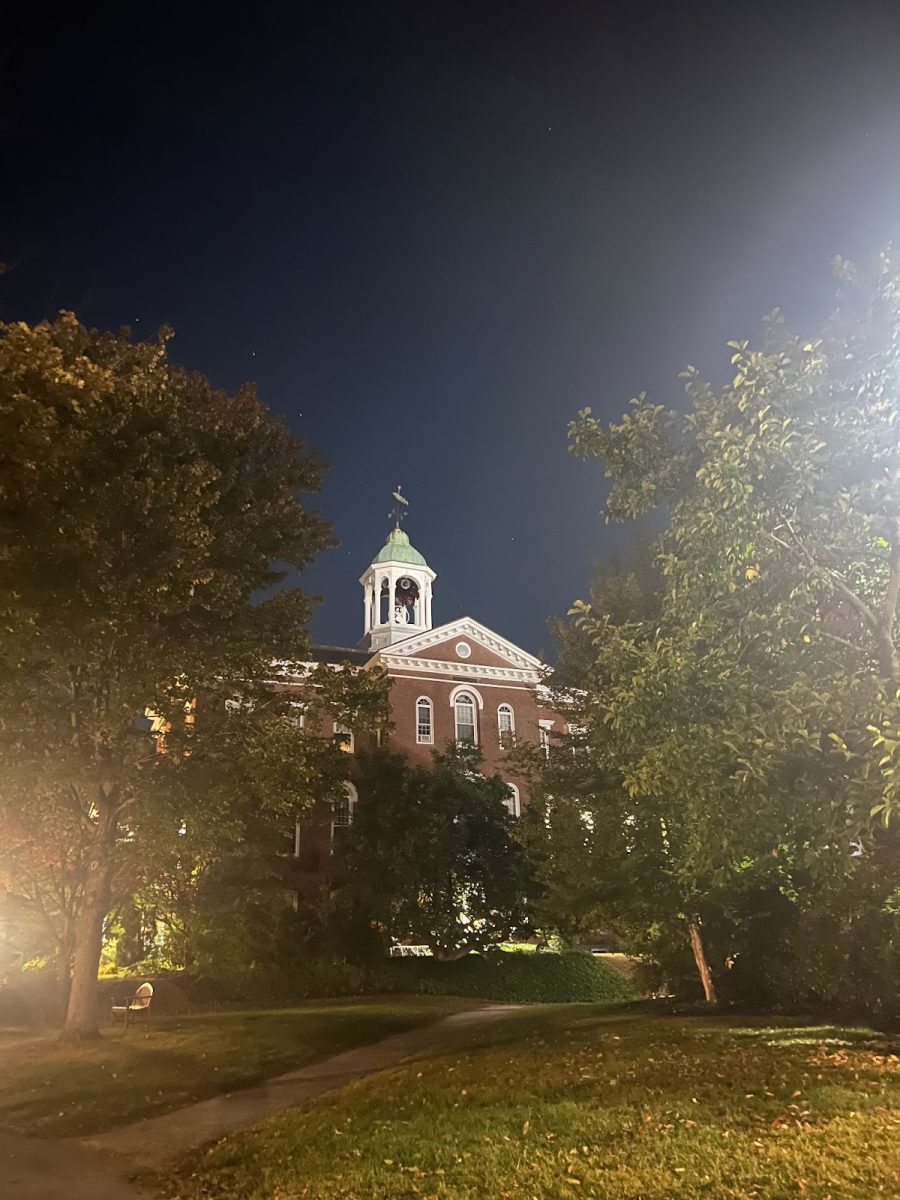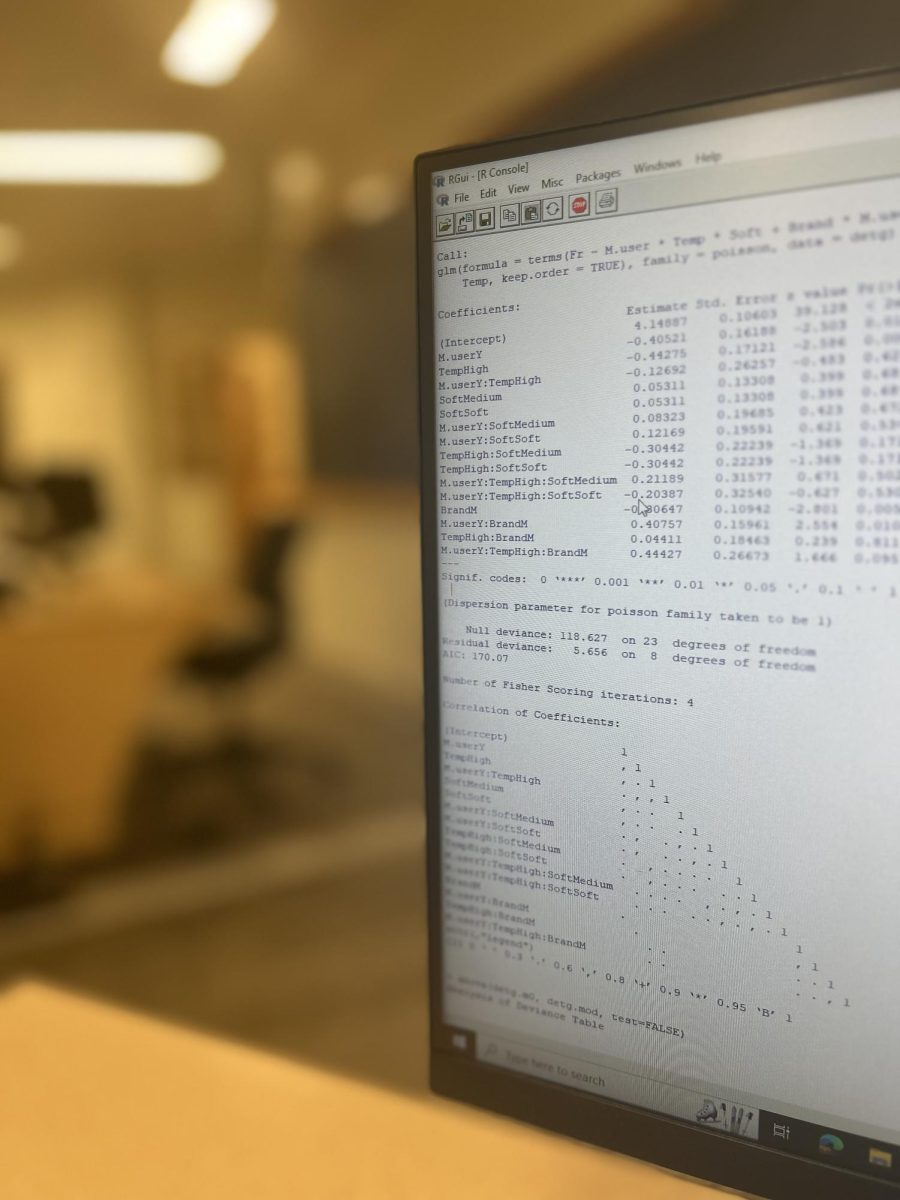On Thursday March 28th, Dr. Sharon Street of New York University came to campus to give a talk on metaethics, titled: “On Recognizing Oneself in Others: A Meditation-Based Response to Mackie’s Argument from Queerness.” In her talk, Street gleaned insights from Eastern Meditative traditions that emphasize the thin separations between the self and others to provide a plausible alternative to the idea of objective values.
Per Street, the idea of objective values is the idea that there are truths independent of what people happen to care about that are about how we should live. To exemplify a situation which brings this idea into conflict, Street gave the example of Victoria, an injured hiker who has broken her leg. In Victoria’s vicinity, there is the caring Karyn who desires to help, Serena who has no desire to help and walks away, and Sadie who is amused by Victoria’s pain and wants to make it worse. “If you’re an objectivist,” said Street, “Serena and Sadie— there’s something they are missing. They should not live like that and they are failing to see how they should live…Part of the idea does seem to be that if they could see the way they should live, they would stop and help.”
However, antirealists like J.L. Mackie have stated that this objectivist view is absurd: how could there be things that are true and independent from us and yet get us to do things? Street’s response is that it isn’t such a weird thing. She explains her view with “self-locating beliefs” —familiar everyday beliefs and linguistic expressions that have that suggest we often make mistakes in differentiating ourselves from others.
One such example of a self-locating belief is one philosopher John Perry gives, when one is in a supermarket and notices a thick trail of sugar on the floor. That person may be motivated to find whoever is making that mess to be aware, but it soon dawns on that person that she or he is the one leaving the trail of sugar and immediately thereafter, their motivations will change to cleaning up the mess they made on the floor.
Street continued, saying “It’s here that Eastern Traditions in my view are relevant…So what if the following became true? What if Sadie came to realize the following about her location: she is located just as much in Victoria as she is in Sadie? and also in Karyn and also in Serena, and also in every other consciously aware being who has ever lived or will live?” While this argument may seem absurd, Street urges that it would be wrong to dismiss it so quickly. To illustrate her point, she showed an optical illusion in which by focusing on one point in the image, the viewer will see a young woman looking away, and by looking at another point, the viewer will see an old woman.
“So what I want to suggest is that just as these figures may be seen in at least two ways, so too the world as a whole may be seen in at least two ways when it comes to one’s own location, in other words, with respect to where, when, and who I am,” claimed Street. In our everyday state of mind, the world presents a robust distinction between what is “me” and what isn’t. Street then said that in another sense, this division is an illusion, as the Buddha once claimed we learn when we meditate. Street calls this view the standpoint of pure awareness: “The idea is that the structure is sort of awareness, and all that other stuff—my body, the stream of consciousness, pain sensations, these thoughts, feelings, et cetera—they’re objects of attention as are other things in the so-called outer world.” Now, as Street argues, the “I” should be seen as a presence of awareness, which, if true, means that Sadie is as much in Victoria as she is in Sadie, since they both have awareness present. Street argues that from our everyday mode of presentation—things that are “me” and “not me” —we can shift the mode of presentation to see this quality of “I” in others.
So how does this insight connect back with ethical objectivity? “So, recall the objectivist thought,” said Street, “that there’s something that Serena and Sadie are failing to see… [O]n the picture being suggested, ethical insight isn’t a matter of detecting an extra property that others are somehow failing to see, but rather a matter of seeing clearly that there isn’t a difference where one might have thought there was one.” Rather than positing this “metaphysically weird” extra property, “It’s a matter of looking into the eyes of others and recognizing oneself as right there, and having been there all along.”
Categories:
Street Explains the Difference Between “Me” and “Not Me”
April 3, 2019
0
Donate to The Bates Student
$1500
$1500
Contributed
Our Goal
Your donation will support the student journalists of Bates College and help us cover our annual website hosting costs.
More to Discover







